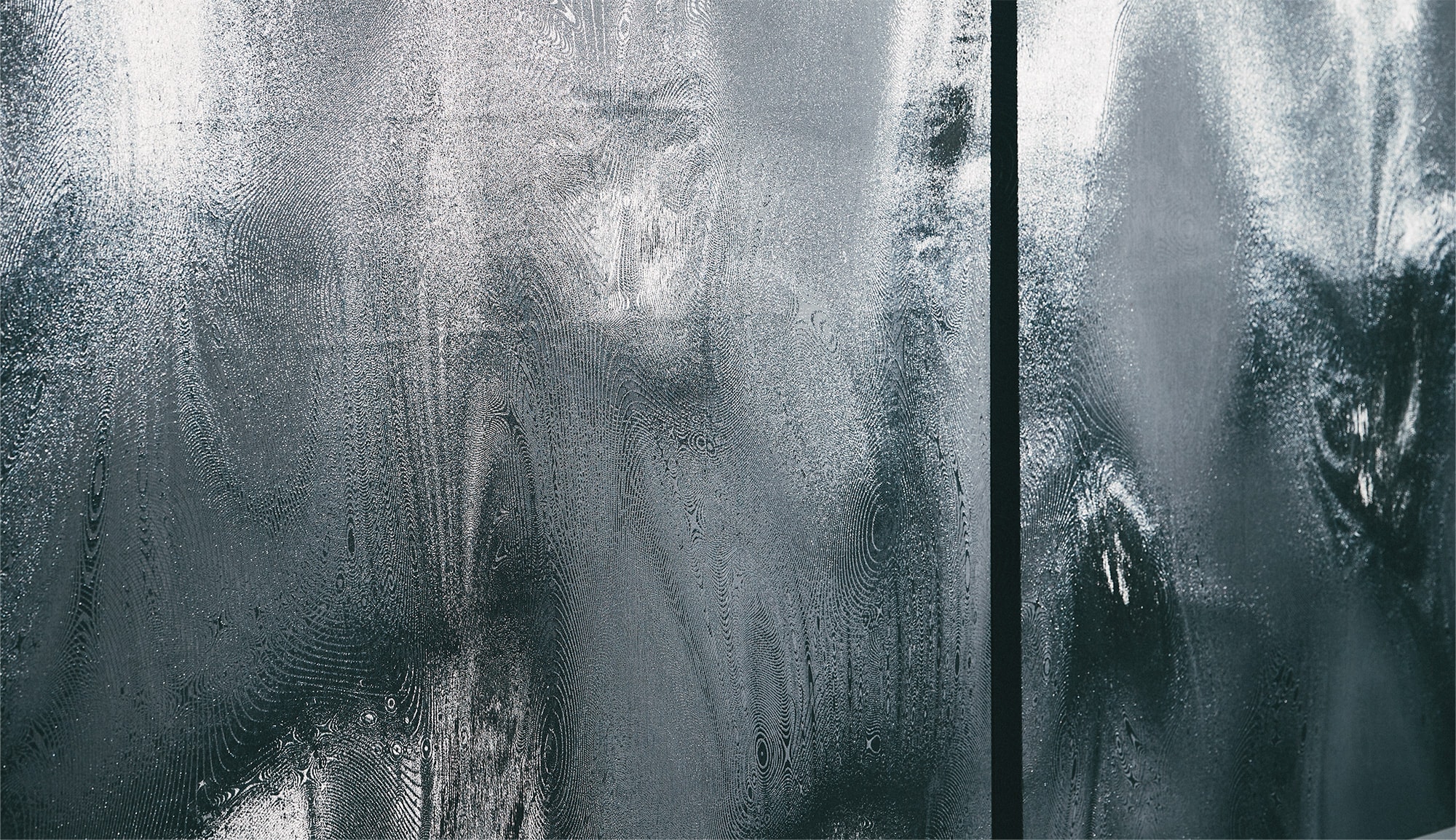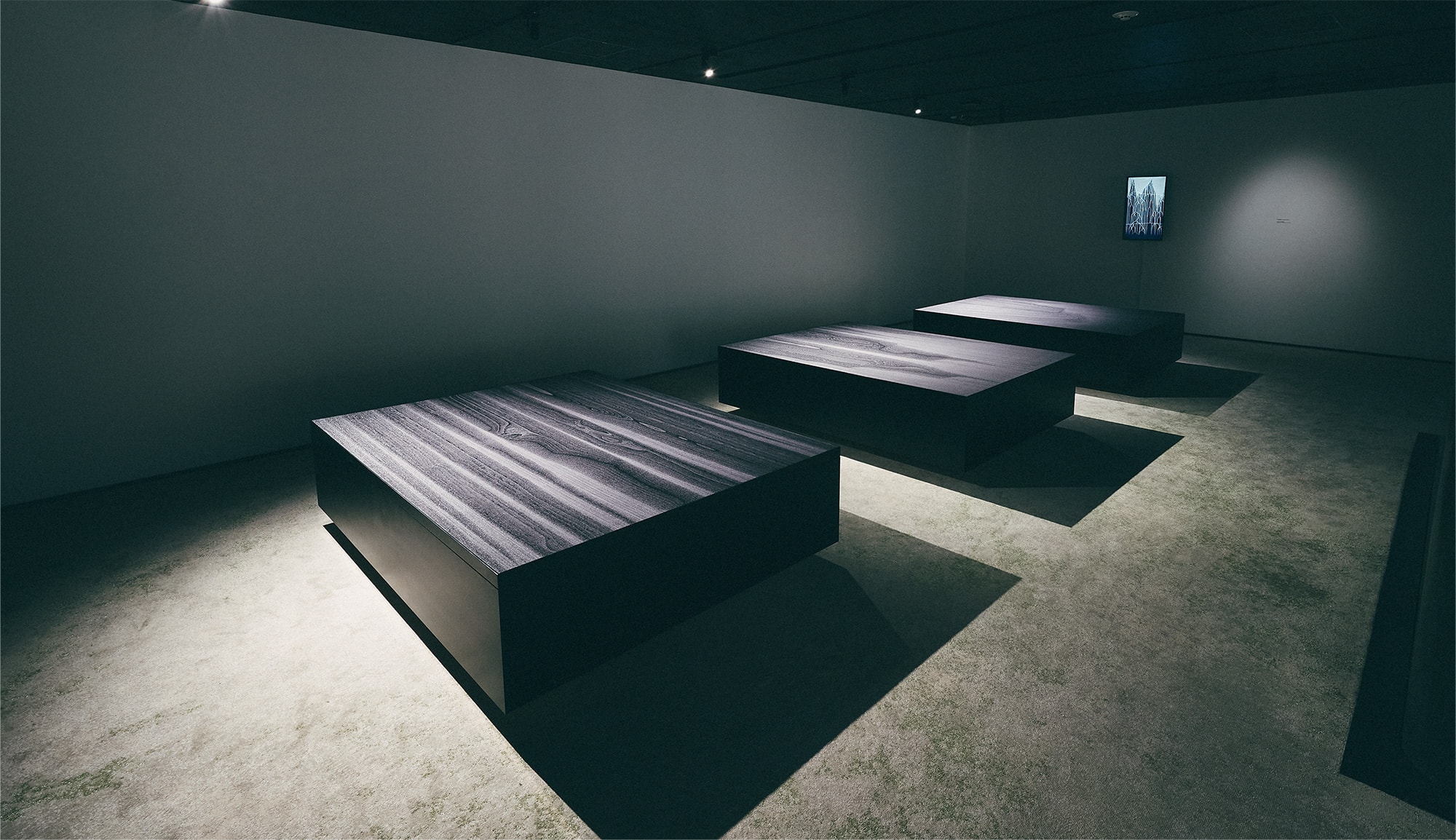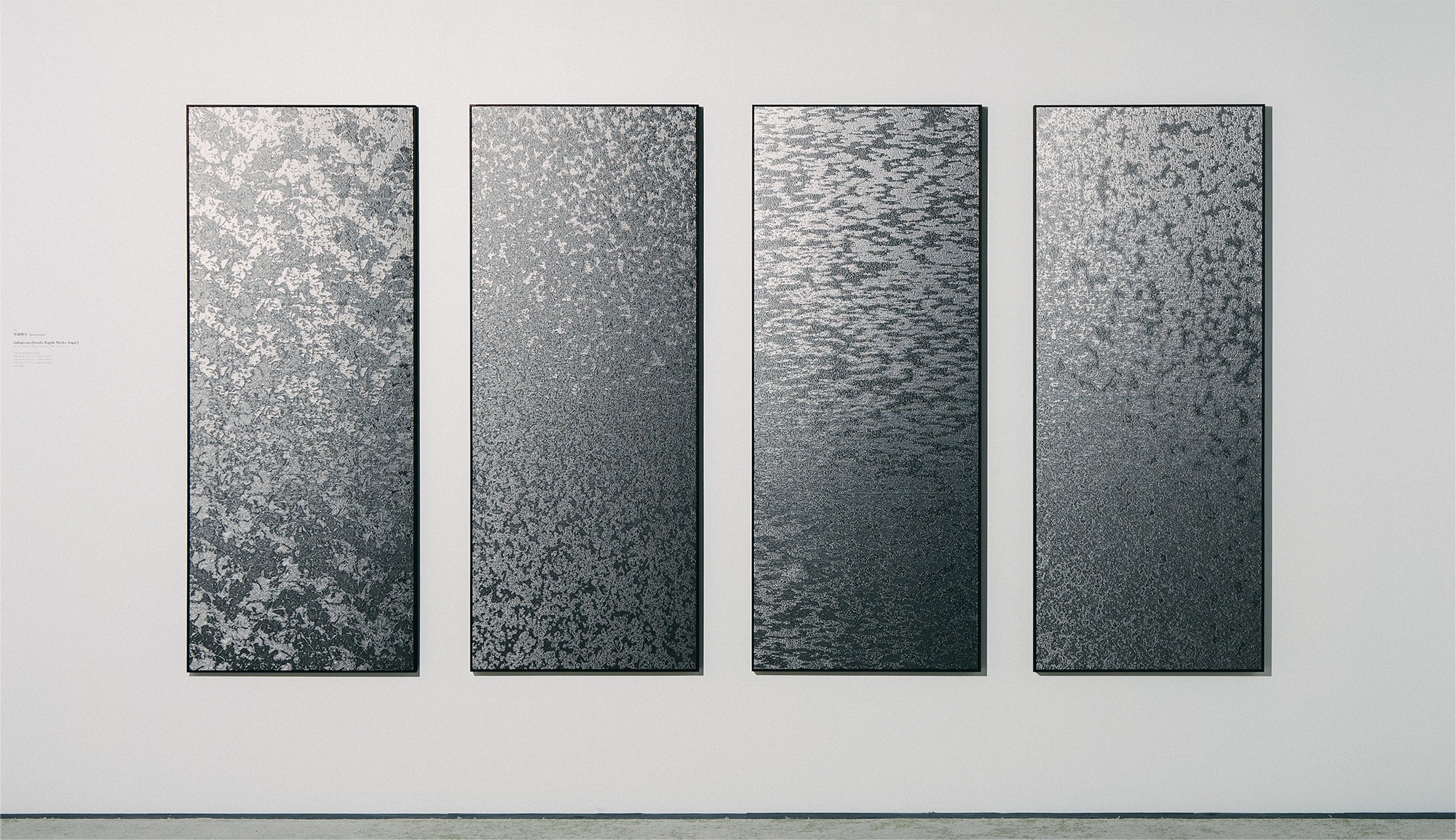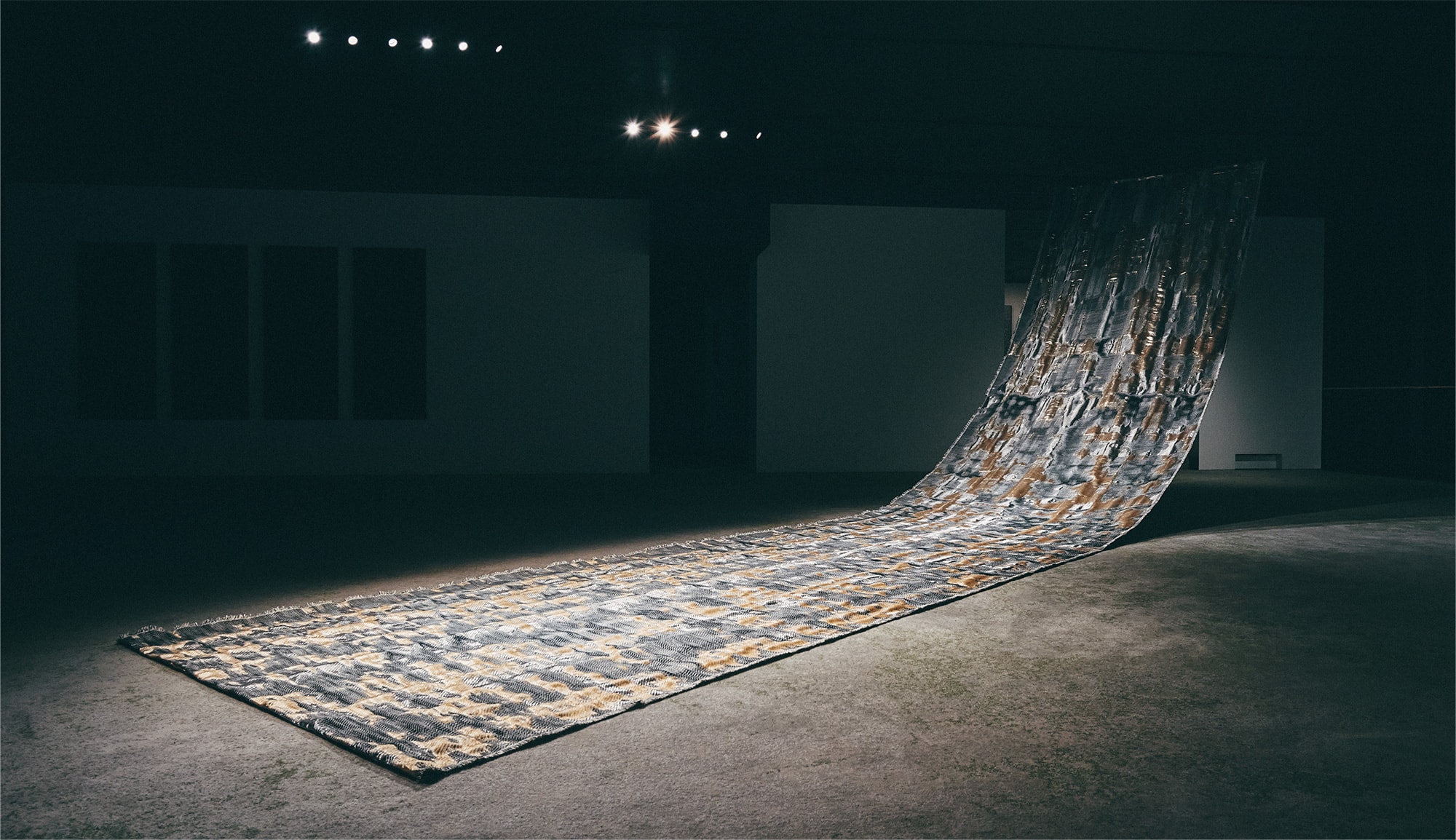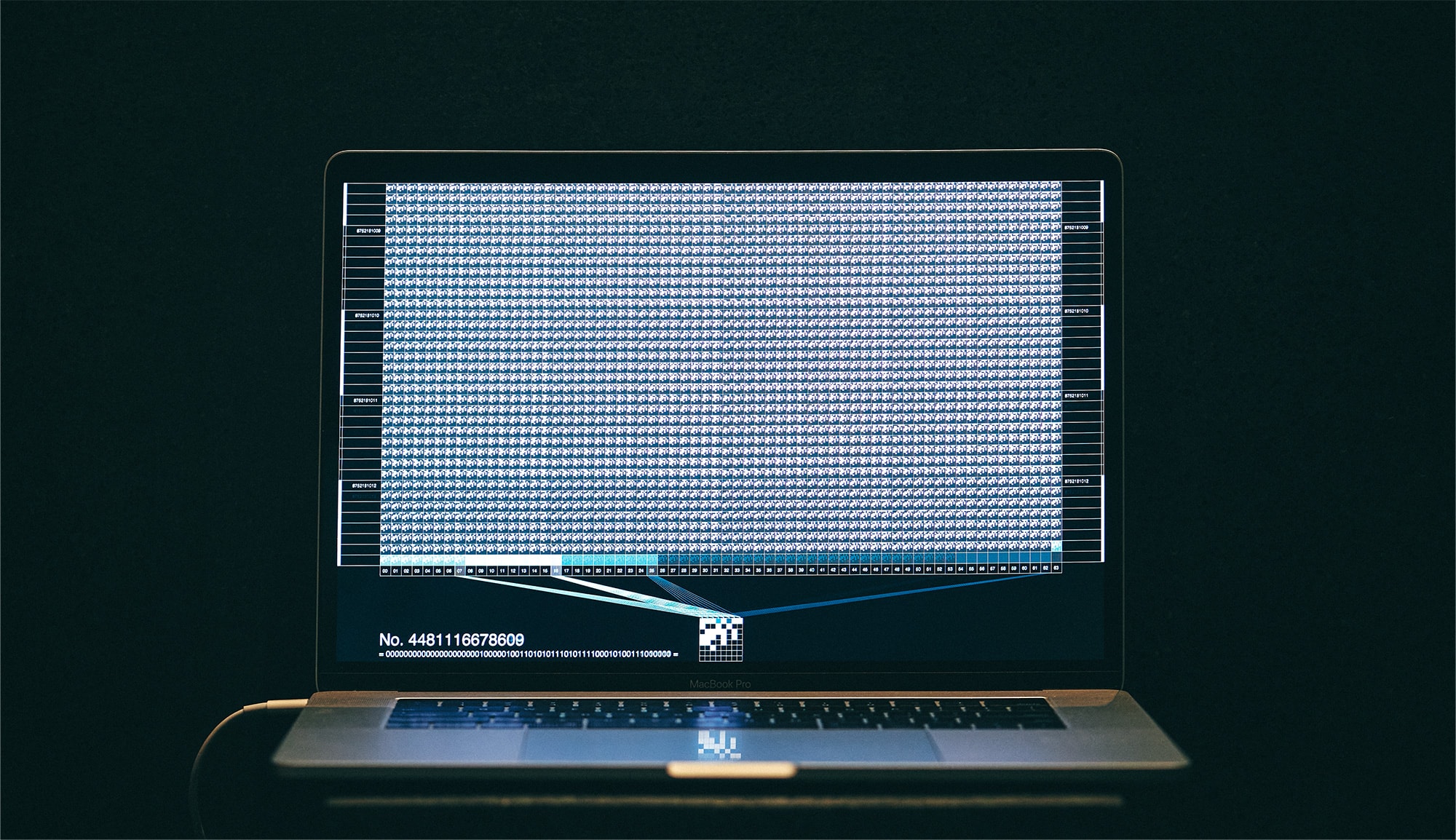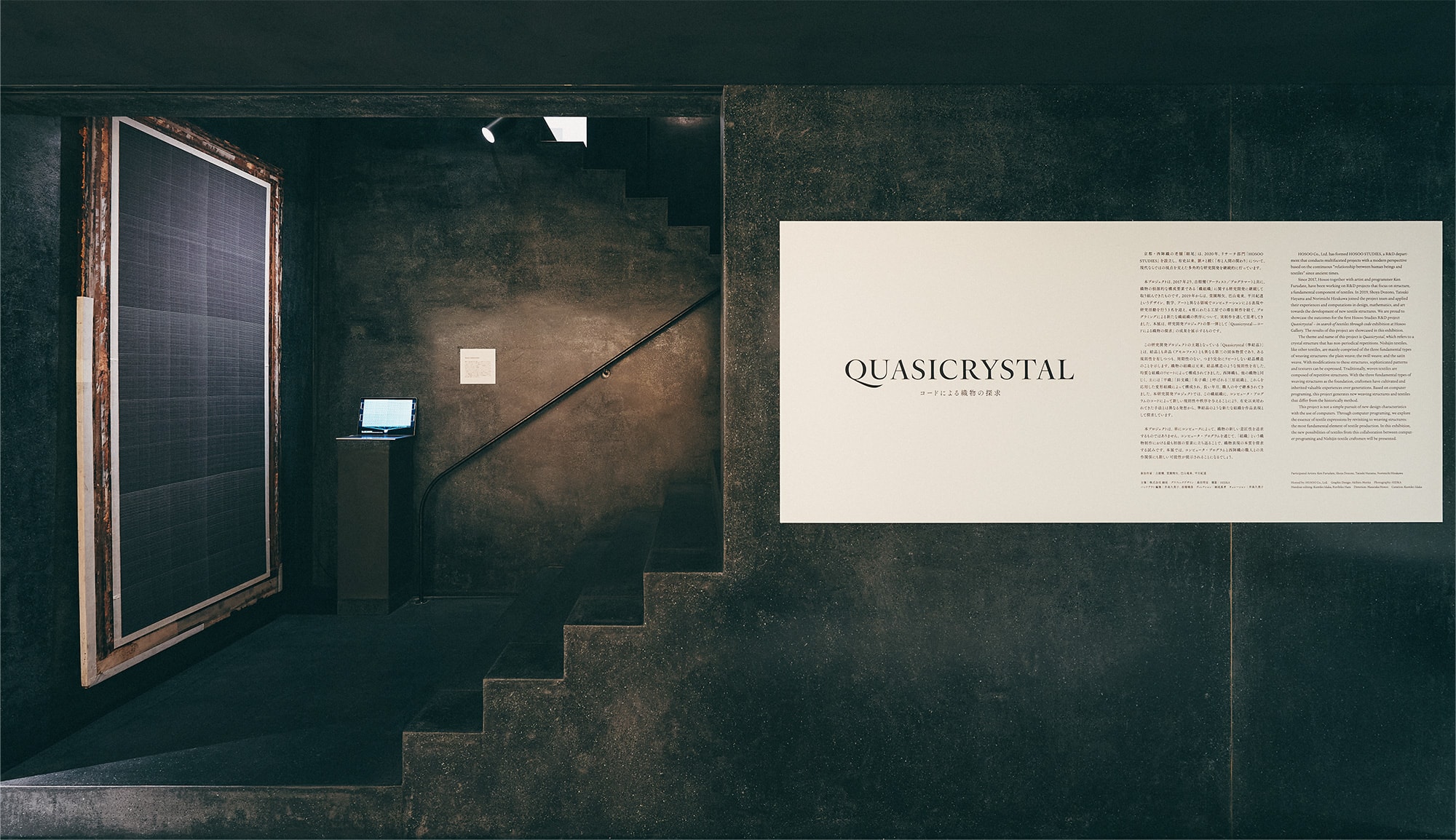ARCHIVE
HOSOO Research & Development Project vol.1
QUASICRYSTAL
In search of textiles using code
- Dates
- 24 October 2020–10 March 2021
HOSOO STUDIES draws upon HOSOO’s cultivated network of dyeing and weaving artists, producers, intellectuals, specialists, creators, interviews and research with related groups, and HOSOO’s unique pioneering textile development at its atelier, which aims to expand the field of research towards the question of, “What is beauty?”
For the first installment of HOSOO STUDIES’s research & development project, the results of “Quasicrystal – in search of textiles through code” are showcased at HOSOO GALLERY.
Since 2017, HOSOO together with artist and programmer Ken Furudate have been working on R&D projects that focus on structures, a fundamental component of textiles. In 2019, Shoya Dozono, Tatsuki Hayama, and Norimichi Hirakawa joined the project team and over the course of four workovers at HOSOO’s atelier, applied their experiences and computations in art, design, and mathematics towards the development of new textile structures.
The theme and name of this project is [Quasicrystal], which refers to a crystal structure that has non-periodical repetitions. Traditionally, woven textiles are composed of repetitive structures. Nishijin textiles, like other textiles, are mainly comprised of the three fundamental types of weaving structures: the plain weave; the twill weave; and the satin weave. With modifications to the weaving structures, sophisticated patterns, textures, and crystal like structures can be expressed. With the three fundamental types of weaving structures as the foundation, craftsmen have cultivated and inherited valuable experiences on weaving structures over generations. Based on computer programing, this project generates a new system of production methods reflective of quasicrystals that differ from the historically method for weaving structures.
Drawing upon the Nishijin textile DNA inherited by HOSOO craftsmen that have been pursuing beauty for over 1200 years and the materials unique to Nishijin textiles, this exceptional HOSOO process together with the four members of the project team’s new weaving structure technology has led to the creation of completely new textiles that embodies ubiquitous beauty.
At HOSOO GALLERY, we plan to showcase the created works resulting from our research & development in upcoming exhibitions. With the motto of “More than Textile” and with this new initiative of HOSOO’s atelier, we hope you enjoy the spectacular exhibits and art pieces that have been created for the first time ever in 1200 years.
PROFILE
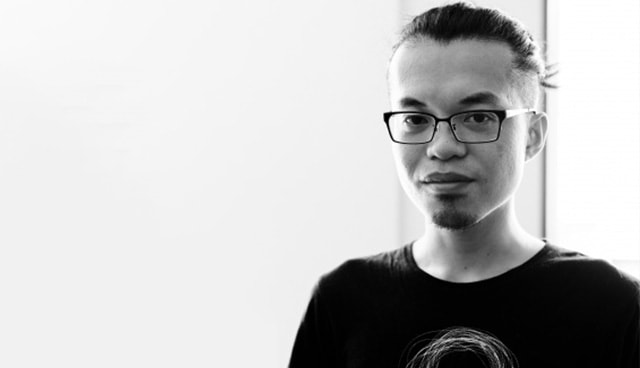
Ken Furudate
Artist / Musician / Engineer
Born in 1981. He currently resides in Kyoto, Japan. His sound installation [Pulses/Grains/Phase/Moiré] received the 2019 Japan Media Arts Festival grand prize, the Institut Français Tokyo’s Digital Choc award in 2018, and was a 2018 finalist of the CYNETART International Festival. His self-produced project [The SINE WAVE ORCHESTRA] received an honorary mention at the 2019 Prix Ars Electronica, at the 2018 CYNETART International Festival, and received the 2017 Japan Media Arts Festival jury selection prize. As a musician he has performed at events such as the 2016 Ebisu Video Festival, the 2015 Knowledge Capital Festival, Kyotographie in 2014, and Sonar Sound Tokyo in 2011. He has also been involved in works with various artists such as Dumb Type, Shiro Takatani, and Ryuichi Sakamoto.
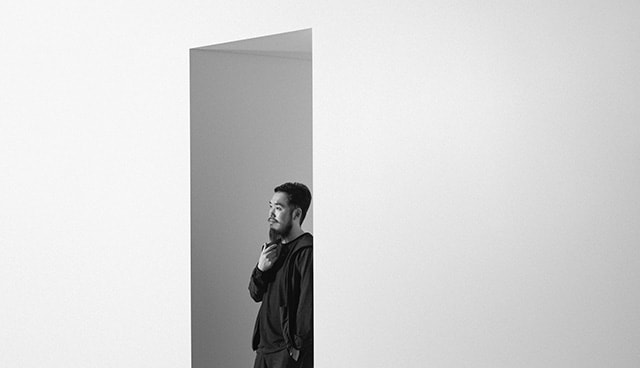
Shoya Dozono
Designer
Born in 1988. He currently works at Qosmo Inc. With his application of computational design methods, he has collaborated across various areas in research and production of graphics, video, and the web. His works include video programing for Hiroaki Umeda’s dance installation and collaboration with Koji Hashimoto of Osaka University on multidimensional visualization. He has also won several awards that include awards from Prix Ars Electronica and the Japan Media Arts Festival.
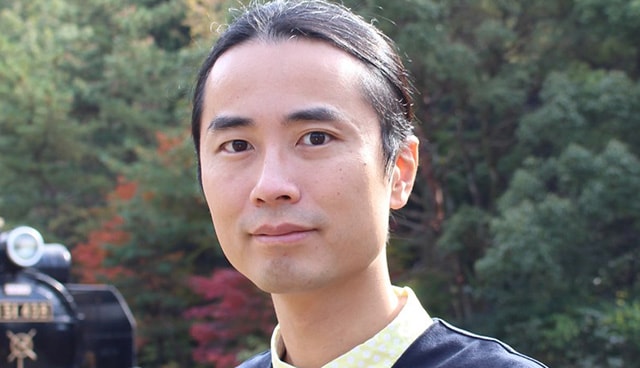
Tatsuki Hayama
Mathematician
Born in 1982. He is currently an associate professor of Senshu University school of business administration. He holds a PhD in Science specializing in complex geometry mathematics that generate CG and digital fabrications. After graduating from Osaka University graduate school in 2020, he worked as a postdoctoral researcher at the University of Paris, National Taiwan University, and Tsinghua University. His book “Generative Art Created by Mathematics” was published in 2019 (available in Japanese via Gijutsu-Hyonhron Co., Ltd.).
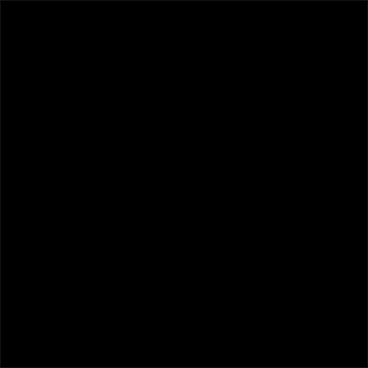
Norimichi Hirakawa
Artist
Born in 1982, his interest lies in the most primitive of technologies, calculation. His work is focused on installations that use either mathematical processing itself as conducted through computer programming or the results of that processing. In 2016, he began creating the series datum at a residency at The Kavli Institute for the Physics and Mathematics of the Universe (Kavli IPMU), and datum was shown at the Toyota Municipal Museum of Art and at a pre-event of the Sapporo International Art Festival. In 2017, he created one of the works in that series through a residency at the ALMA telescope, located at Chile’s highest point of approximately 5000 meters and it’s awarded as Excellence Award in Art Division of the 22nd Japan Media Arts Festival. He has also participated in creating the work of Japanese artists, such as Ryoji Ikeda and Seiko Mikami, and is the artistic director for ARTSAT: Art and Satellite Project.




